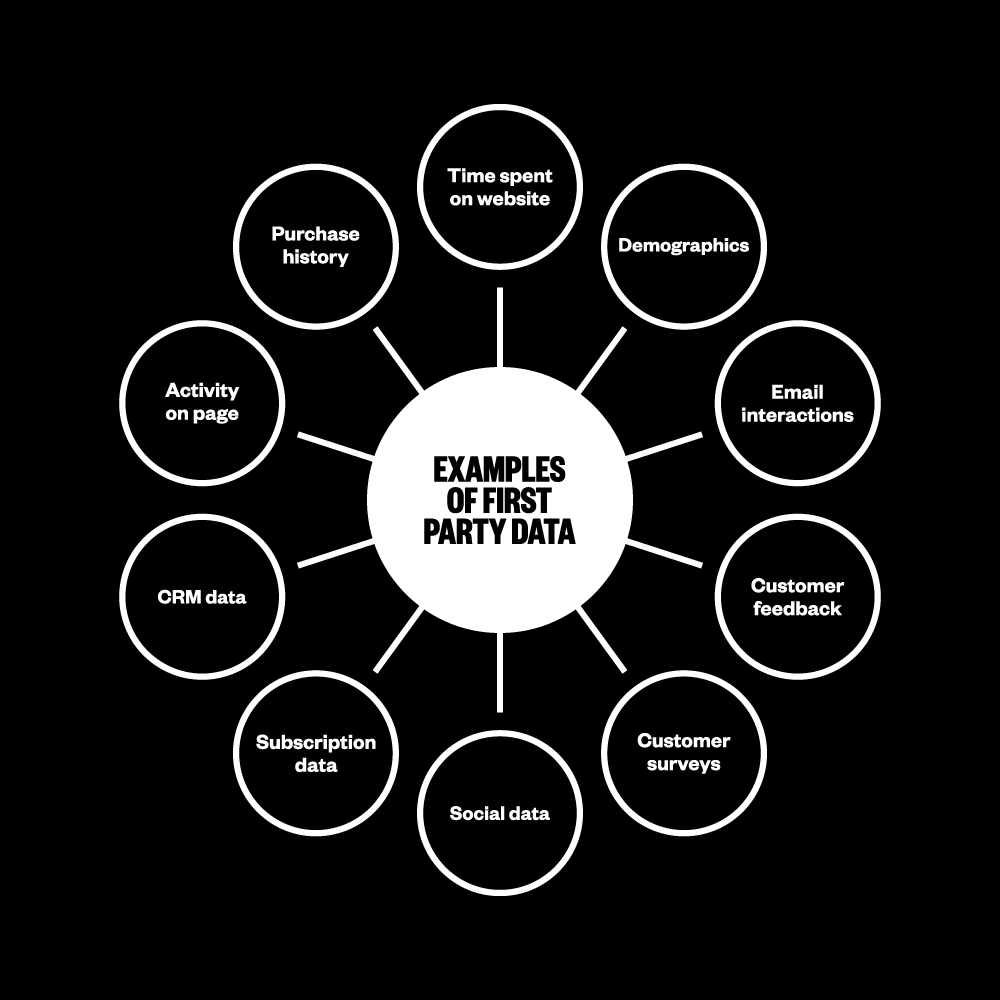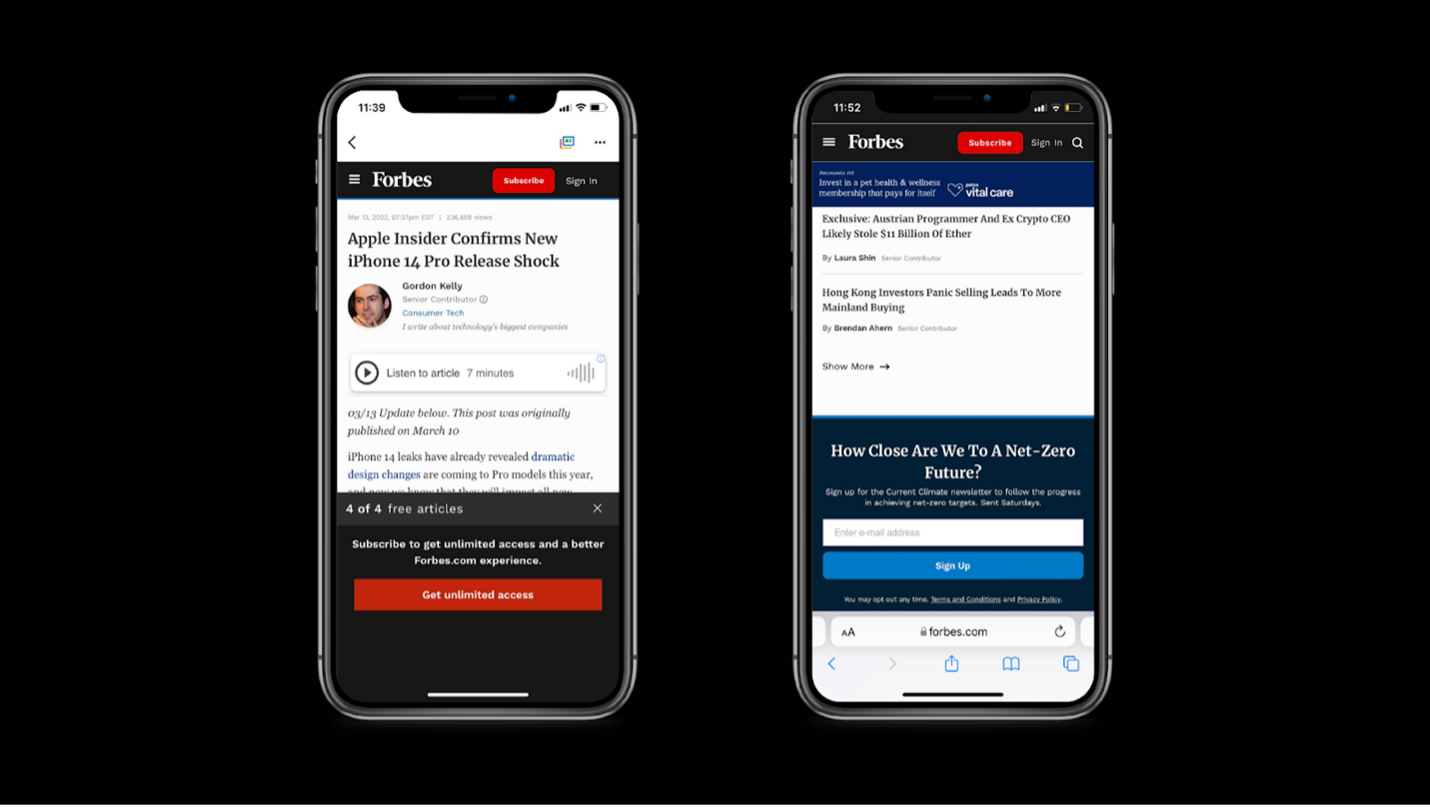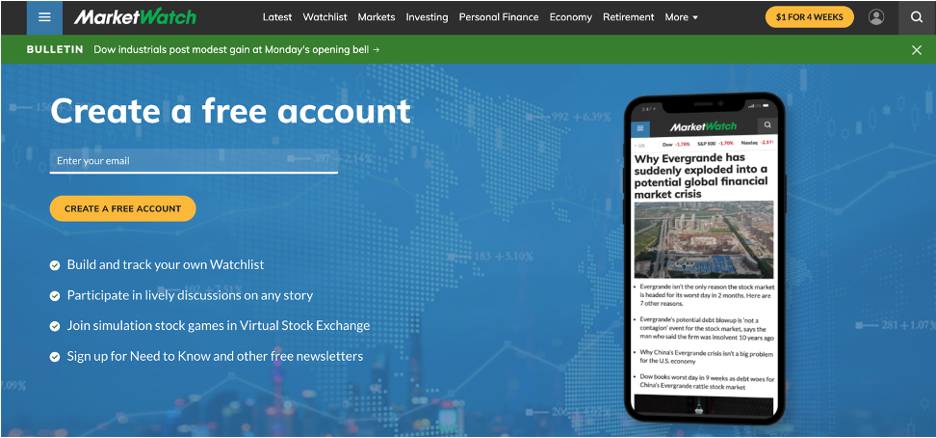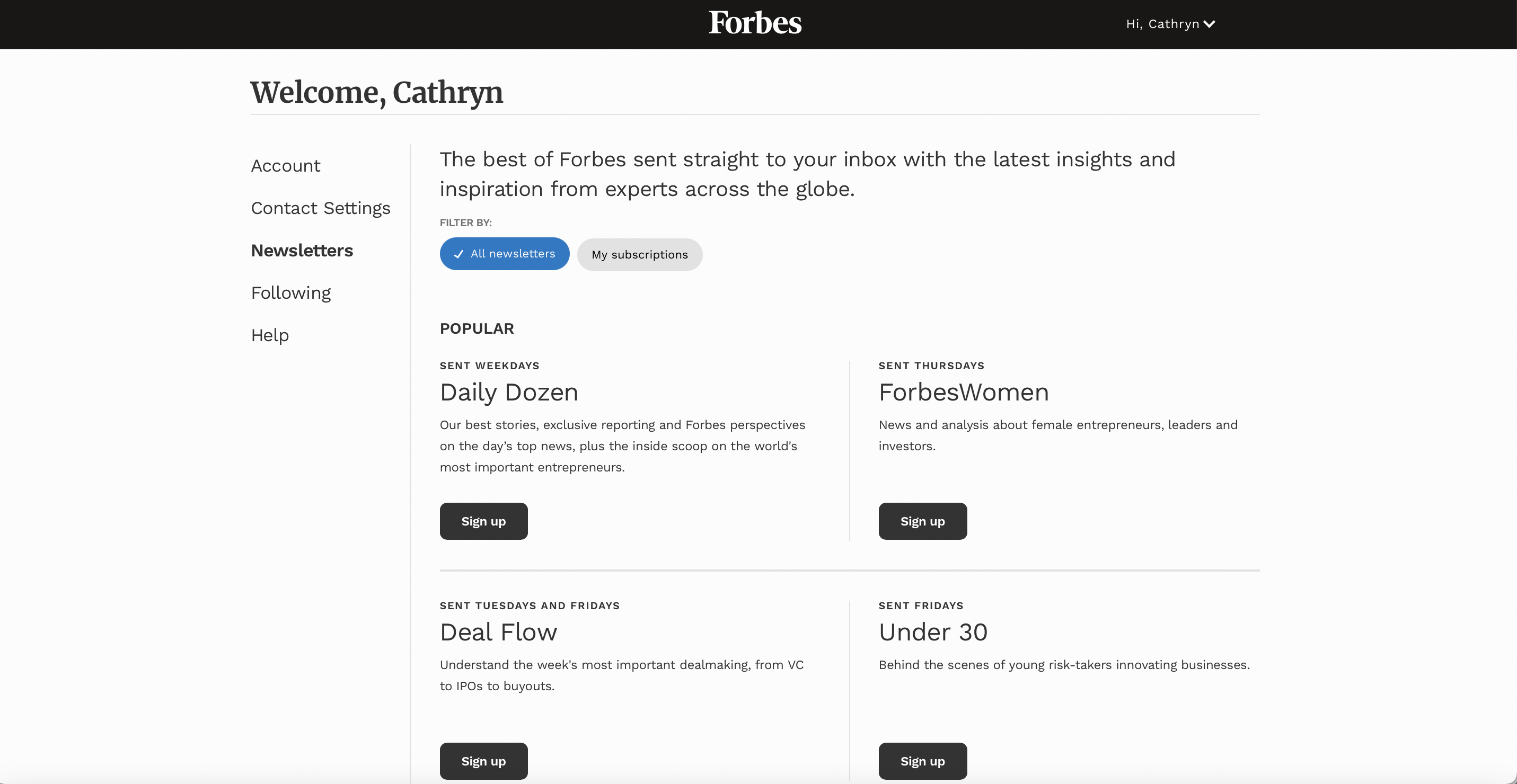Building a Digital Strategy for the Cookieless Era
How brands can use websites to collect data and personalize experiences
Demand for digital privacy has been gaining momentum over the past few years—and it’s about to reach its peak. Soon, we’ll enter a new, cookieless era. What does this mean for marketers whose digital strategies rely on cookies? While it may seem like just a technical shift, it will fundamentally change the way brands interact with clients. The data captured from third-party cookies is currently the backbone of many digital ecosystems—an estimated 82% of web ads rely on cookies and over 77% of websites have at least one tracking cookie (Adobe; eMarketer). Without third-party cookies, brands will have to collect their own data to build personalized digital experiences. Below, we’ll show you how to get ahead of the game with a strategic digital approach that uses your brand’s website to engage with users and collect purposeful data.
SEE THE IMPORTANCE OF FIRST-PARTY DATA
In a cookieless era, the amount of first-party data your brand has will directly impact its ability to build digital relationships. More than 60% of marketers already plan to increase spending and emphasis on first-party data (eMarketer). And, the good news is, first-party data unlocks more possibilities than third-party cookies ever could. While third-party data provides general inferences, first-party data gives specific insights on individual preferences. As a result, your company will be able to deliver even more personalized experiences—a win for both your brand and your clients.
-
Build direct relationships
-
Offer value in exchange for data
-
Deliver personalized user experiences
IDENTIFY YOUR VALUE EXCHANGE
The main challenge when collecting first-party data is proving to customers why sharing their information is worth it. To motivate users, your website experience needs to provide them with inherent value. It’s estimated that 90% of consumers will share their preference data—as long as a fair value exchange is offered (Econsultancy and Cheetah Digital). First, define the data that would be most useful to your business. Collaborate across your organization to determine the specific userdata needed to power your sales funnel and add the greatest value to your user experience. Next, invest in your own research to identify the types of content that benefit your users the most. Incorporating simple polls and surveys within your website is an effective way to understand what your audience wants without having to incur significant costs. The image below highlights a wide variety of data you can collect with a first-party digital strategy.

CREATE DATA-COLLECTION MOMENTS
Once you’ve identified what your users want most from your website, you can start creating experiences and integrating moments that capture data. While user research can help pinpoint a general focus, it’s important to incorporate various methods to engage different types of users. Look to publisher websites for best practices. For example, after a user views a certain number of articles, many publishers—like Forbes pictured below—will gate content, requiring the reader to subscribe or provide information before accessing the full article. As a softer option, most publishers will also offer recurring newsletters and other outbound opt-ins to capture user data. Once users provide more information about who they are, their interests, and consumption preferences, brands can provide a more personalized site experience to meet their needs.

USE TRANSPARENT MESSAGING
When asking your users for data, specify what information you want from them, why you’re asking for it, how you’ll use it, and what they’ll get in return. A major reason consumers crave data privacy is that two thirds of them say they have little to no understanding about how their data is used by companies (Microsoft, iProspect). Users will be more inclined to share information if they know it will lead to a better experience. Thus, the more a brand can be proactive and transparent about the terms and usage of their data, the more they can differentiate themselves and gain trust among their users. MarketWatch provides a great example of transparent value-exchange messaging below.

FULFILL, RECOGNIZE, RE-ENGAGE
For any brand, whether you’re B2B or B2C, earning customer data is a marathon—not a sprint. It involves long-term planning across the customer journey to continuously build trust, while cultivating rich user profiles. First, your brand must fulfill the promises you make to users in exchange for their data—with UX that provides instant gratification. If it’s an entry into a sweepstakes, show them a confirmation. If it’s a piece of content, provide them with immediate access. Second, show users that you’re leveraging their data in ways that will increase their perceived value over time. Whether it’s a personalized experience or communication, the more you can prove that their information is being used for a positive return, the more apt they will be to continue to engage and share. Finally, instead of relying on inbound site visits to build user data, consider owned outbound channel opt-ins to both capture data and re-engage users with experiences tailored to them. For example, Forbes pictured below keeps users engaged with a variety of weekly email newsletters.

GET AHEAD OF THE GAME
While the cookieless era will disrupt how businesses operate digitally, we see it as an opportunity for brands to step up and build more direct relationships with their clients. The more first-party data you can collect through your website, the better you can serve your users. If you start now—finding ways to capture user data and transform it into real value—you’re looking at a major competitive advantage in the future.


